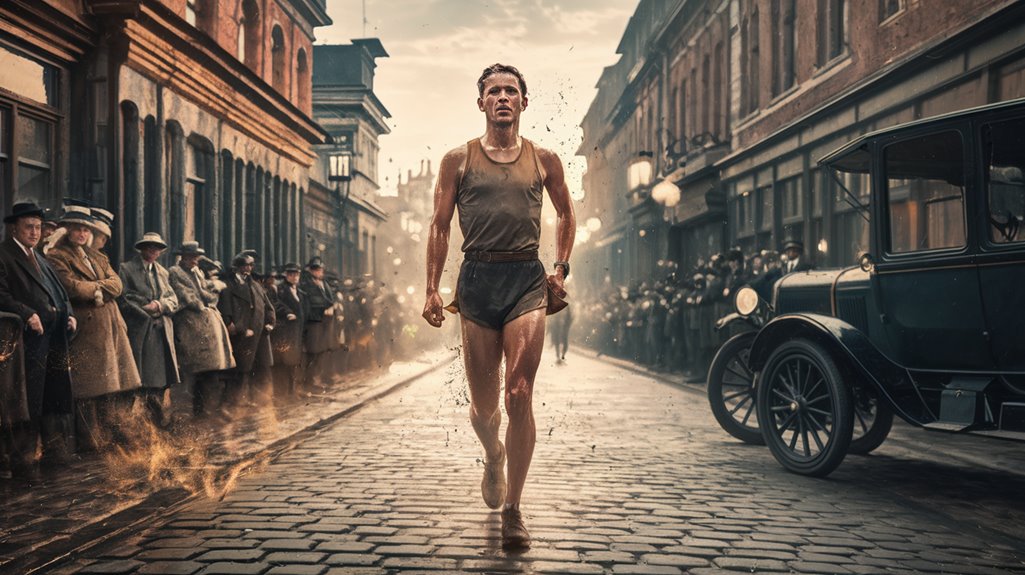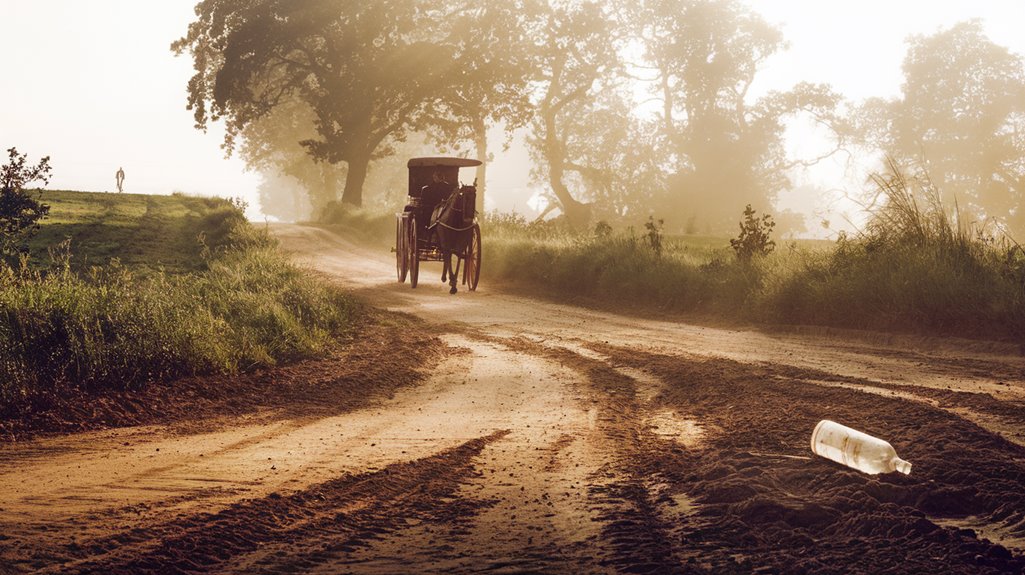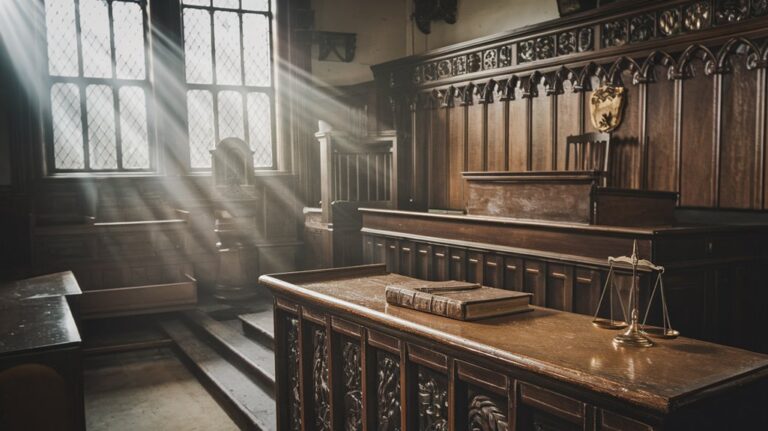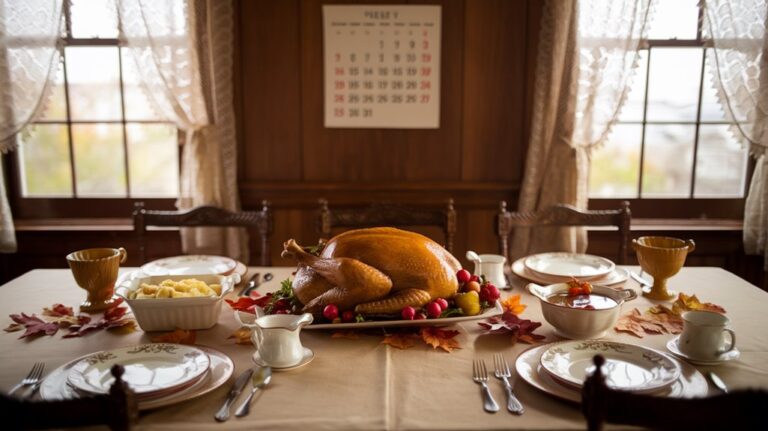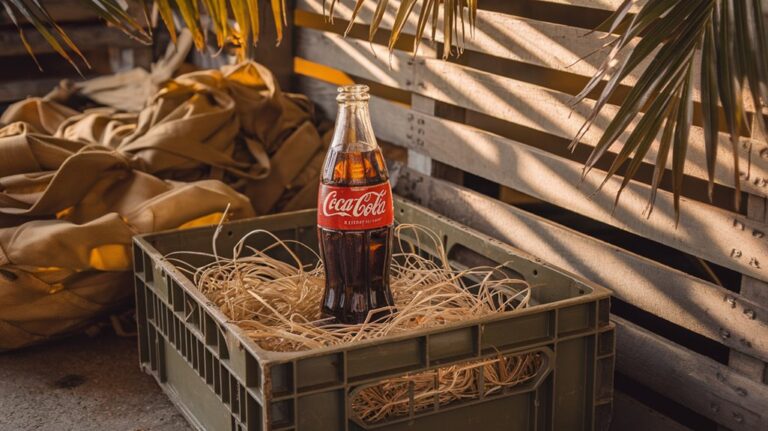The 1904 Olympic Marathon Winner Cheated by Riding in a Car
You've probably heard of Olympic scandals, but the 1904 Marathon takes the cake for sheer audacity. When Fred Lorz crossed the finish line first, the crowd erupted in cheers – until they learned he'd hitched an 11-mile ride in a car. While he claimed it was just a joke, this wasn't even the strangest part of that fateful race. From deadly heat to rat poison as a performance enhancer, the events that unfolded that day would forever change how Olympic competitions are monitored.
The Wild Race That Changed Olympic History
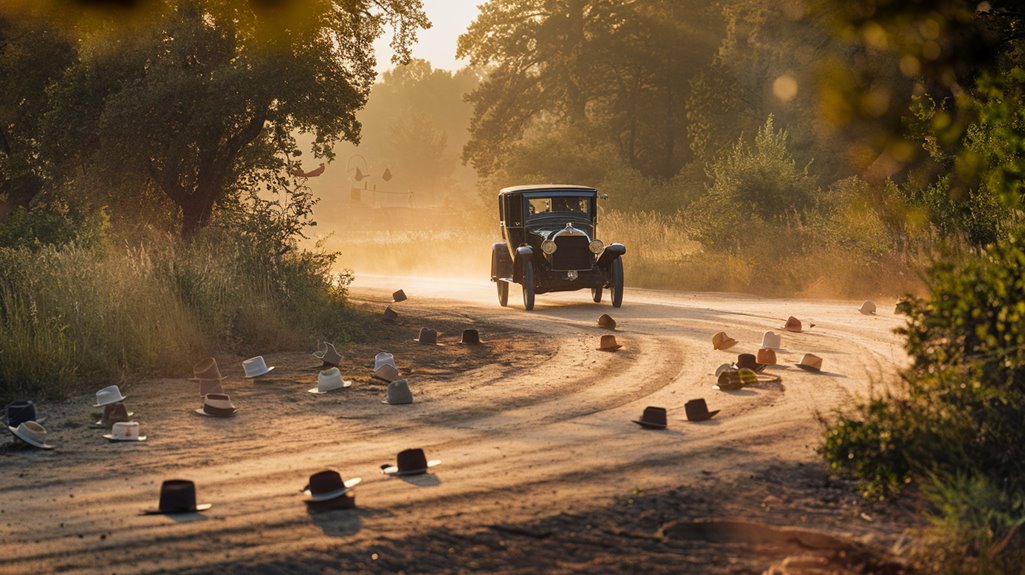
While many Olympic events have sparked controversy, none quite matches the chaos of the 1904 marathon in St. Louis.
You'd barely believe the conditions these athletes faced: scorching 90-degree heat, choking dust clouds, and almost no marathon hydration available on the course.
The organizers deliberately limited water to just two stations, creating what's now considered one of the darkest chapters in Olympic history. They wanted to study "purposeful dehydration" – a decision that proved disastrous. This dangerous experiment led to runner William Garcia collapsing near mile 19 with severe internal hemorrhaging. The eventual winner, Thomas Hicks, only finished after consuming a dangerous mix of strychnine and brandy.
The race started at 3 PM during peak heat, forcing runners to dodge traffic and trains while battling severe dehydration. Among the participants were the first black African Olympians and Native American competitors, though racial prejudices of the era overshadowed their historic participation.
This catastrophic event forever changed how marathons are organized.
Fred Lorz's Car Ride to Infamy
As the scorching St. Louis sun beat down on the 1904 Olympic Marathon, you'd find Fred Lorz leading the pack of 32 runners until cramps struck him at mile 9.
Unable to handle the brutal combination of 90-degree heat and choking dust, he made a fateful decision that would spark controversy – he hitched a ride in a passing car for 11 miles.
The race conditions were so extreme that competitors faced attacks from dogs along the course. With only two water stations available throughout the entire marathon, dehydration was a constant threat.
Lorz's intentions weren't initially malicious. He claimed it was just a practical joke, and he hadn't planned to accept the winner's trophy.
The public reaction was swift after a spectator exposed his deception. The AAU responded with a lifetime ban, though they later reduced it to six months following his apology.
Remarkably, Lorz redeemed himself by legitimately winning the 1905 Boston Marathon after officials lifted his ban.
Thomas Hicks: The Unlikely Champion
When Fred Lorz's deception came to light, Thomas Hicks emerged as the true winner of the 1904 Olympic marathon – though his victory proved nearly as controversial.
Hicks' tactics would shock today's marathon runners and officials, as his trainers gave him a dangerous cocktail of egg whites, strychnine, and brandy during the race.
The day's temperature reached 92 degrees Fahrenheit, making the race conditions even more treacherous for the competitors.
The marathon evolution since then reveals just how bizarre the 1904 event was:
- Hicks hallucinated and needed to be carried across the finish line
- He lost eight pounds and required immediate medical attention
- His winning time of 3:28:53 remains the slowest in Olympic marathon history
Despite setting a personal best of 2:39:04 earlier that year, the extreme heat and poor race conditions left the Birmingham-born runner barely able to complete the course.
The race was made even more challenging by the fact that there was only one well at the midpoint of the course for runners to get water.
Bizarre Tales From the Dusty Course
Beyond the shocking revelations of Frederick Lorz's car ride, the 1904 Olympic marathon course itself created nightmarish conditions for runners. You wouldn't believe the bizarre incidents that unfolded on this treacherous path.
The temperatures soared to above 40 degrees Celsius with oppressive humidity making the race almost unbearable.
The unpaved course, open to regular traffic, kicked up clouds of dust from passing vehicles, turning the marathon into a hazardous obstacle course.
With only two water stations along the nearly 25-mile route, runners faced severe dehydration while battling these dusty obstacles.
The conditions were so extreme that athlete William Garcia suffered serious internal injuries from inhaling the thick dust stirred up by officials' cars. The eventual winner Thomas Hicks required strychnine and brandy just to finish the race. Many other competitors dropped out, overwhelmed by the dangerous combination of dust, traffic, and insufficient hydration.
It's no wonder this event nearly got the marathon removed from future Olympics.
Poor Planning and Deadly Conditions
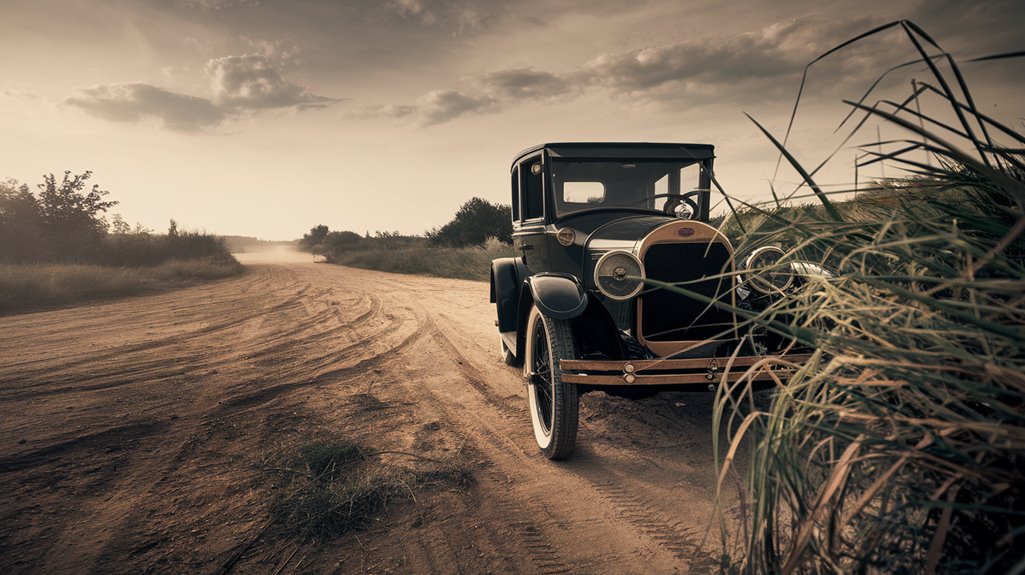
Starting the 1904 Olympic marathon at 3 PM during a sweltering St. Louis summer day proved to be a deadly decision.
Poor organization and a dangerous environment created the perfect storm of hazards that would endanger the runners' lives.
The race organizers' shocking disregard for athlete safety included:
- Restricting water access to just one cup at mile 12
- Designing a course with seven brutal hill climbs up to 300 feet
- Leaving roads open to vehicles, horses, and pedestrians
You wouldn't believe the consequences of these negligent decisions.
Runners faced thick dust clouds from passing vehicles, leading to William Garcia's emergency surgery for internal hemorrhaging.
 Wild dogs chased several competitors off course, adding another layer of danger to the already chaotic race.
Wild dogs chased several competitors off course, adding another layer of danger to the already chaotic race.
Trainers resorted to giving runner Thomas Hicks a dangerous mix of strychnine and brandy to keep him going.
The deadly combination of extreme heat, dehydration, and toxic dust resulted in only 14 of 32 runners completing the race, marking the lowest finish rate in Olympic history.
The Legacy of America's Most Chaotic Marathon
Although Frederick Lorz crossed the finish line first, his disqualification for hitching a car ride set the tone for what's now considered America's most infamous Olympic marathon.
The chaotic experiences from that day permanently changed Olympic history, from William Garcia's dust-induced injuries to Thomas Hicks's dangerous strychnine cocktails.
Despite calls to remove the marathon from future Olympics, athlete resilience prevailed. The event's notoriety led to significant improvements in race management and runner safety. With temperatures reaching 90 degrees Fahrenheit, the extreme conditions pushed athletes to their absolute limits.
You'll find its influence in modern marathons, where closed courses, proper medical support, and strict anti-doping regulations are now standard practice.
While the 1904 St. Louis marathon remains a cautionary tale of poor planning and dangerous conditions, it helped shape today's more carefully managed Olympic competitions.

